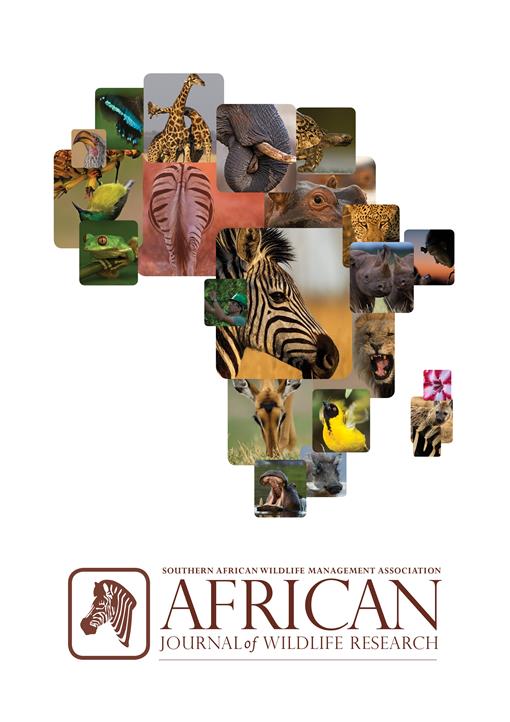Understanding species' site use patterns is important for conservation and human—wildlife conflict mitigation where humans, livestock and large carnivores coexist. We used occupancy models and interviews to evaluate site use by medium and large carnivores within the rural Meibae Community Conservancy and agriculturally-developed Salama areas of Kenya. We conducted monthly surveys for 4 months along 32 transects covering 160 km in both study areas, and collected detection/non-detection data for nine carnivore species (>10 kg) via direct sighting, tracks and scat. We modelled carnivore site use against both anthropogenic and environmental variables while accounting for imperfect detection, and conducted interviews to determine presence of conflict carnivores. Black-backed jackal (Canis mesomelas) and spotted hyaena (Crocuta crocuta) site use was most strongly associated with higher livestock abundance. Rare or wider-ranging species were seldom (e.g. cheetah, Acinonyx jubatus) or never (e.g. African lion, Panthera leo) detected on transect surveys but were reported during interviews. We conclude that transect surveys were unreliable for evaluating presence of less common species in our study areas. While interviews were more effective, we recommend that future interviews should account for potential false-positive detections. We make suggestions for improving surveys and recommend combining methods to quantify site use by wide-ranging and cryptic carnivores.
How to translate text using browser tools
1 April 2018
Using Detection/Non-Detection Surveys and Interviews to Assess Carnivore Site Use in Kenya
Juliana Masseloux,
Clinton W. Epps,
Adam Duarte,
Donelle Schwalm,
Mary Wykstra
ACCESS THE FULL ARTICLE






